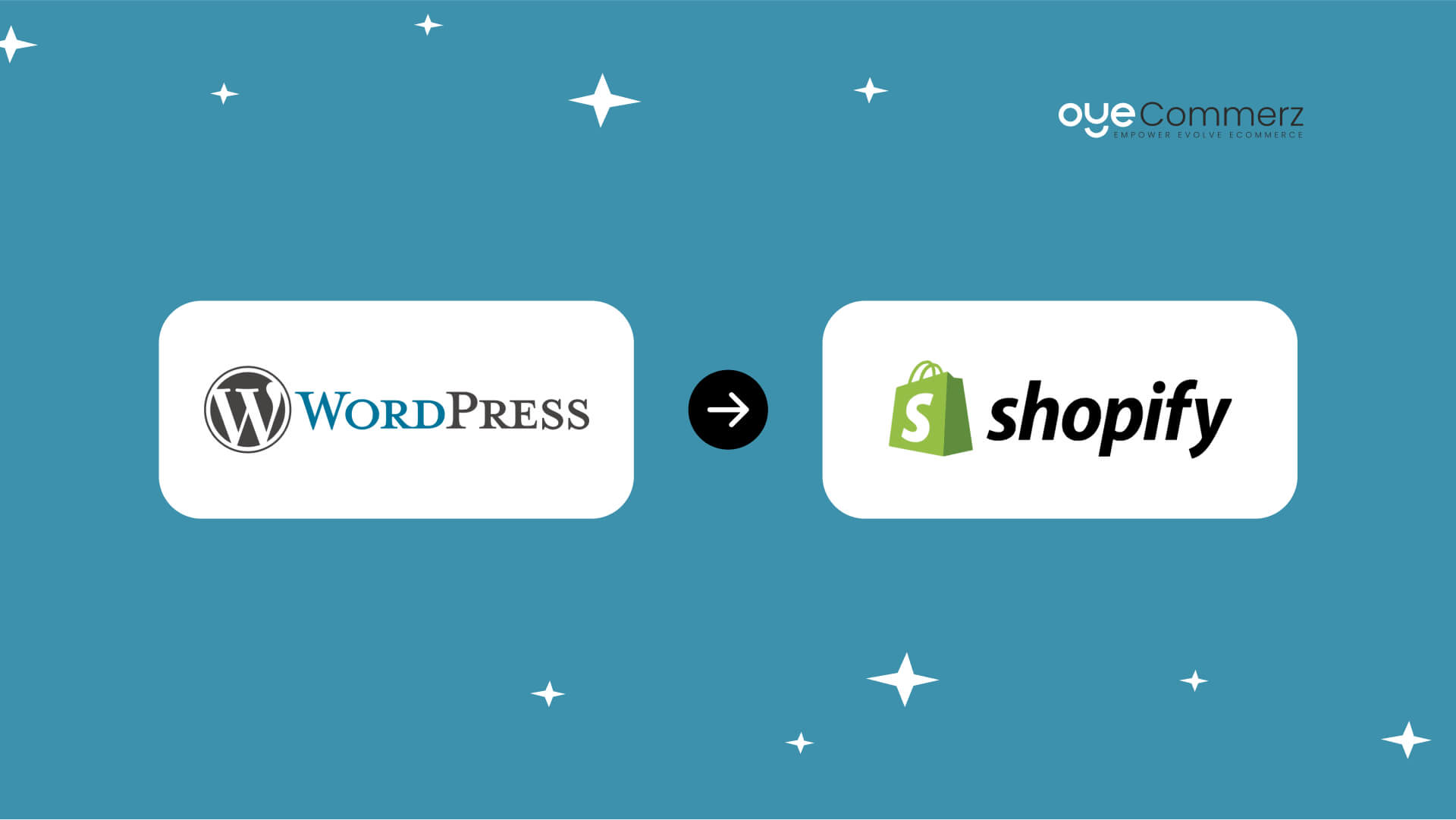Shifting from WordPress to Shopify marks an promising step in optimizing your online store processes. As businesses expand, selecting a solution that aligns with scalability, UX, and customization is essential. Shopify is widely recognized as a preferred choice for e-commerce professionals, offering superior flexibility, data protection, and user-friendliness. In this guide, we’ll explore why this migration is a game-changer, highlight the benefits, and share practical tips to ensure a seamless transition.
1. Top Reasons to Transition from WP to Shopify
WordPress, paired with WooCommerce, has served countless online stores. However, as companies expand, issues like plugin dependency, data risks, and technical complexities often obstruct growth. Shopify, designed explicitly for digital retail, eliminates these concerns with an all-in-one, intuitive solution. Statistics supports this transition—Shopify hosts over 4.4 million websites globally, with a documented 10% boost to sales conversion rates for many businesses after migration.
2. Shopify's Advantages for Thriving Online Stores
Shopify’s robust ecosystem is tailored for expanding businesses. Its standout features are:
- Seamless Customization: Shopify provides over 80 professionally designed themes.
- Integrated Tools: Capabilities such as Shopify Payments and built-in SEO streamline operations.
- Global Reach: Currency versatility and regional customization enable businesses to expand internationally.
Additionally, Shopify delivers an uptime rate of 99.98%, ensuring your website is always operational.
3. Preparing for WP to Shopify Migration
Prior to starting the migration process, evaluate your current store. Analyze inventory details, client information, and SEO performance. Tools like Shopify’s Migration Kit or external tools help ease the transition. Create a comprehensive plan, making sure all resources—product descriptions, images, and blog content—are ready for seamless import.
4. Data Migration: A Critical Step
Transferring your data forms the foundation for a smooth platform switch. When migrating from WordPress to Shopify, focus on:
- Inventory Details: SKU, item summaries, and groupings.
- Customer Data: Emails, order history, and preferences.
- SEO Optimization: Retain meta tags, URLs, and forwarding paths to maintain search rankings.
Leverage apps like LitExtension to facilitate seamless Shopify migration case study migration while reducing mistakes.
5. Customizing Your Shopify Store
Post-migration, customizing your Shopify store ensures it aligns with your brand. Utilize Shopify’s drag-and-drop editor to create layouts with ease. Shopify's templates are optimized for all devices, providing a seamless UX across platforms—a key point, since 74% of online shopping is generated by mobile visitors.
6. How to Protect Your SEO Rankings When Switching Platforms
SEO is vital for preserving your visibility during migration. Shopify is highly optimized for search engines with clean URL structures, built-in optimization tools, and seamless blog integration. Make sure you:
- Implement 301 redirects for existing links.
- Enhance updated content with targeted phrases.
- Leverage plugins like Plug in SEO to track analytics post-migration.
7. Essential Tests After Migrating to Shopify
After finishing the transfer, run detailed checks.
Check: - Page load times (Shopify boasts faster speeds compared to WP).
- Payment integration reliability and transaction flow.
- Mobile responsiveness.
Quality assurance guarantees your store delivers a smooth shopping experience from Custom Shopify development day one.
8. Real-Life Success Story
An example of effective platform switching is Gymshark, a sportswear company that moved to Shopify. Post-migration, the company experienced a 60% increase in mobile sales and significantly lowered site downtime. This highlights the capabilities of Shopify in driving e-commerce growth.
9. Challenges and Solutions
Migration is not without obstacles, such as information accuracy and reconfiguring custom functionalities. However, Shopify’s robust support and third-party experts simplify the process. Collaborating with experienced Shopify developers ensures a trouble-free transition.
10. Making the Switch: The First Step Toward Success
Switching from WP to Shopify represents a strategic decision to e-commerce. By addressing scalability, streamlining operations, and improving buyer satisfaction, Shopify empowers businesses to thrive in challenging industries.
Conclusion
Switching from WP to Shopify offers a smart solution that can greatly enhance your online business performance. With a well-structured strategy, the right tools, and expert support, you can unlock new growth opportunities.
Ready to make the leap? Let’s discuss how our Shopify migration services can revolutionize your e-commerce platform. Get in touch today, or consider: Is it time to seize Shopify’s advantages for your store?
